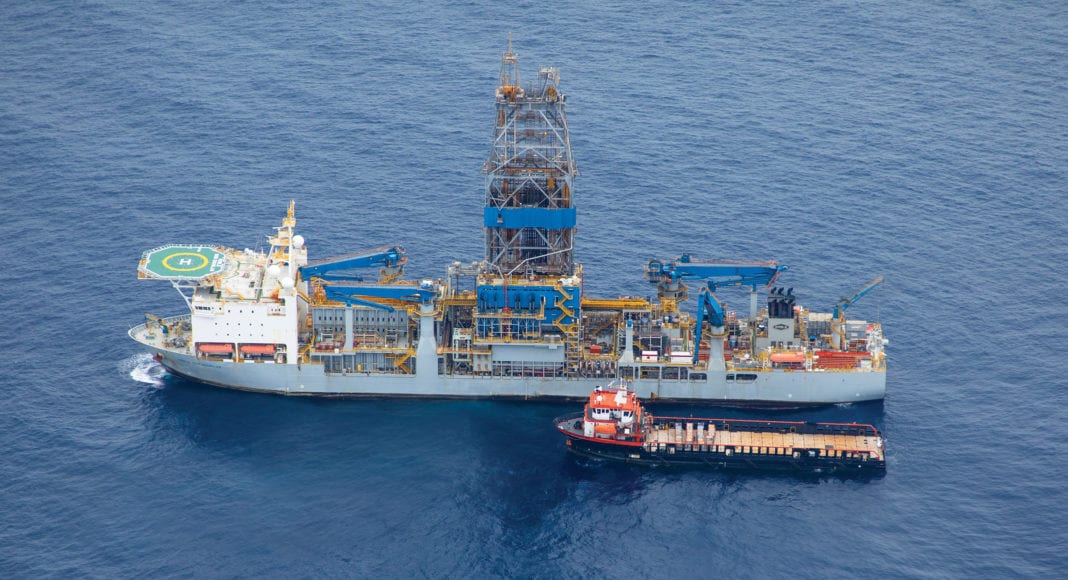Energy market research and intelligence company Westwood Energy says exploration for hydrocarbons remains a high-risk business with only one in every three high impact exploration wells drilled between 2017 and the end 2022 resulting in a potential commercial discovery.
“The cost of failure can be high, and explorers will try to manage their exposure according to their appetite for risk,” Westwood said in a recent analysis.
The market research agency said exploration companies frequently invite other companies to join them in the venture in order to share the cost and the risk, by farming-out equity in planned wells.
Such was the case at the Stabroek Block offshore Guyana, when just prior to the 2015 world-class Liza discovery, Shell walked away from the block, prompting operator Exxon to look for new investors.
At the time, the British multinational held a 50% stake at Stabroek with the US oil major. Shell had believed that the chances of success in the block were essentially slim to none.
Exxon sent out 35 letters seeking new partners after Shell walked away from Stabroek Block
“Farming-in to drilling opportunities can bring great rewards,” Westwood said. “Just look at Hess and CNOOC’s successful farm-in to the Stabroek license in Guyana in 2014, accessing 55% of nearly 11 billion barrels.” However, Westwood said the statistics show companies choosing to farm-in should be mindful of the concept of “caveat emptor” or “let the buyer beware”.
Westwood said the actual commercial success rate of high impact exploration wells that had been farmed-out and were completed between 2017 and the end of October 2022 was 17% compared to a commercial success rate of 37% for those wells that had not been farmed-out.
The unprecedented success story of ExxonMobil offshore Guyana is truly an exception in the industry, where the success rate has been upward of 80%.
Exxon has said its highly trained Geoscientists, use of cutting-edge technology and proprietary seismic data have played a major role in its exploration success rate in Guyana.
“We put the first automated drilling platform out here where we are taking people out of harm’s way off the rig floor and automating some of the drilling processes. We are using artificial intelligence and data management to remotely monitor and optimise production, reduce emissions, optimise all the aspects that are really critical to this whole operation,” Liam Mallon, President, ExxonMobil Upstream Company told OilNOW in an exclusive interview earlier this year.
To date, Exxon has made well over 30 discoveries in the Stabroek Block, delivering over 11 billion barrels of recoverable resources since the first in 2015.



